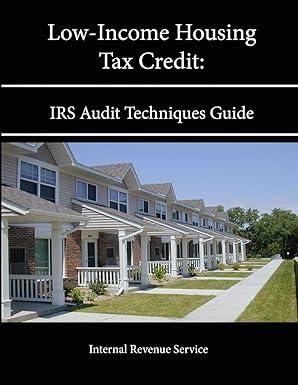Question
Mukukulu Co processes and sells brown rice. It buys unprocessed rice seeds and then, using a relatively simple process, removes the outer husk of the
Mukukulu Co processes and sells brown rice. It buys unprocessed rice seeds and then, using a relatively simple process, removes the outer husk of the rice to produce the brown rice. This means that there is substantial loss of weight in the process. The market for the purchase of seeds and the sales of brown rice has been, and is expected to be, stable.
Mukukulu Co uses a variance analysis system to monitor its performance.
There has been some concern about the interpretation of the variances that have been calculated in month 1.
1. The purchasing manager is adamant, despite criticism from the production director, that he has purchased wisely and saved the company thousands of Kwachas in purchase costs by buying the required quantity of cheaper seeds from a new supplier.
2. The production director is upset at being criticised for increasing the wage rates for month 1; he feels the decision was the right one, considering all the implications of the increase. Morale was poor and he felt he had to do something about it.
3. The maintenance manager feels that saving K8,000 on fixed overhead has helped the profitability of the business. He argues that the machines annual maintenance can wait for another month without a problem as the machines have been running well.
The variances for month 1 are as follows:
K
Material price 48,000 (Fav)
Material usage 52,000 (Adv)
Labour rate 15,000 (Adv)
Labour efficiency 18,000 (Fav)
Labour idle time 12,000 (Fav)
Variable overhead expenditure 18,000 (Adv)
Variable overhead efficiency 30,000 (Fav)
Fixed overhead expenditure 8,000 (Fav)
Sales price 85,000 (Adv)
Sales volume 21,000 (Adv)
Fav = Favourable, Adv = Adverse
Mukukulu Co uses labour hours to absorb the variable overhead.
Required:
(a) Comment on the performance of the purchasing manager, the production director and the maintenance manager using the variances and other information above and reach a conclusion as to whether or not they have each performed well. (9 marks)
In month 2 the following data applies:
Standard costs for 1 tonne of brown rice
14 tonnes of rice seeds are needed at a cost of K60 per tonne
It takes 2 labour hours of work to produce 1 tonne of brown rice and labour is normally paid K18 per hour. Idle time is expected to be 10% of hours paid; this is not reflected in the rate of K18 above.
2 hours of variable overhead at a cost of K30 per hour
The standard selling price is K240 per tonne
The standard contribution per tonne is K56 per tonne
Budget information for month 2 is
Fixed costs were budgeted at K210,000 for the month
Budgeted production and sales were 8,400 tonnes
The actual results for month 2 were as follows:
Actual production and sales were 8,000 tonnes
12,000 tonnes of rice seeds were bought and used, costing K660,000
15,800 labour hours were paid for, costing K303,360
15,000 labour hours were worked
Variable production overhead cost K480,000
Fixed costs were K200,000
Sales revenue achieved was K1,800,000
Required:
(b) Calculate the variances for month 2 in as much detail as the information allows. You are not required to comment on the performance of the business or its managers for their performance in month 2. (16 Marks)
To Chegg: Please just answer part (b) as I have already posted part (a)
Step by Step Solution
There are 3 Steps involved in it
Step: 1

Get Instant Access to Expert-Tailored Solutions
See step-by-step solutions with expert insights and AI powered tools for academic success
Step: 2

Step: 3

Ace Your Homework with AI
Get the answers you need in no time with our AI-driven, step-by-step assistance
Get Started


